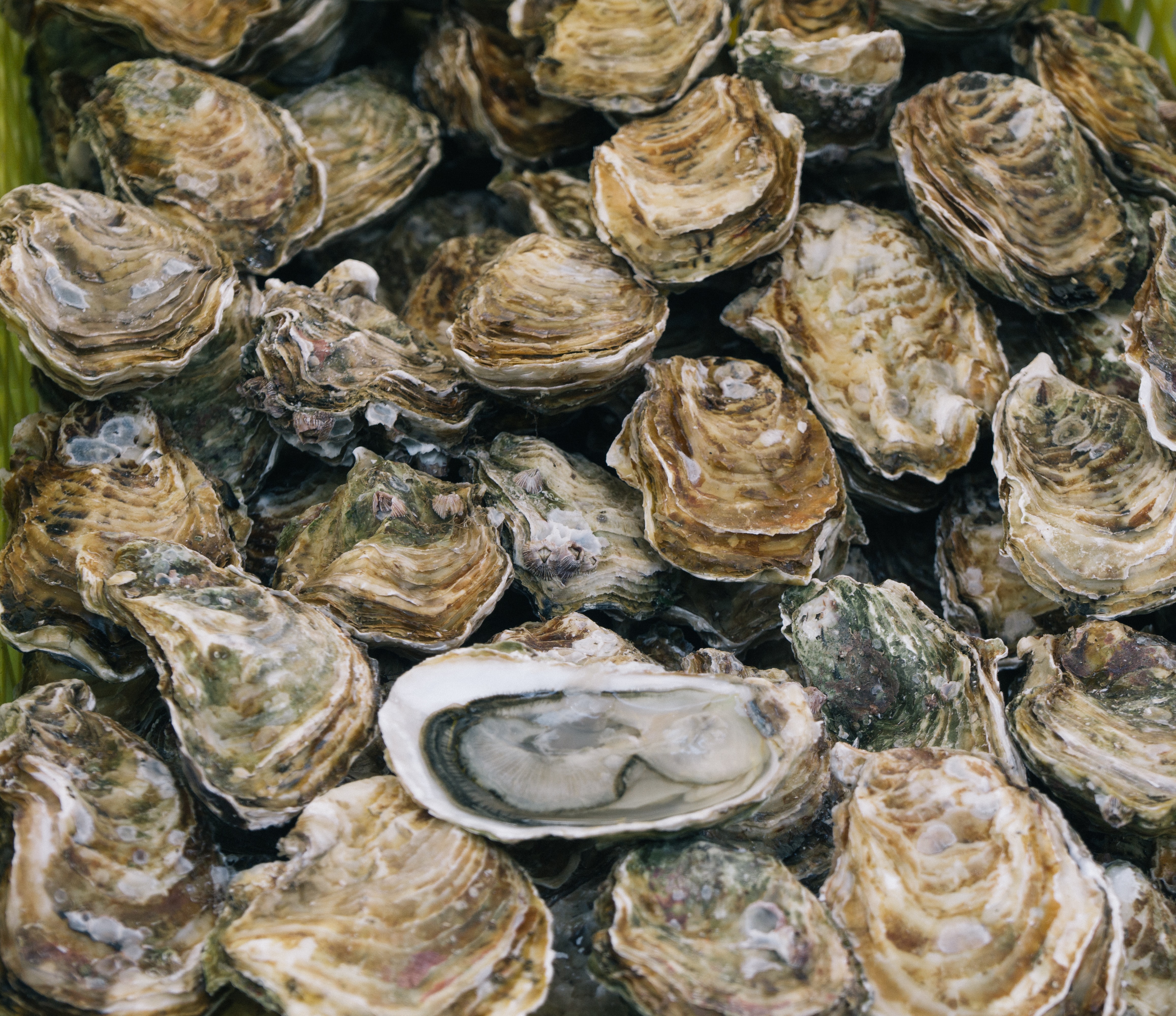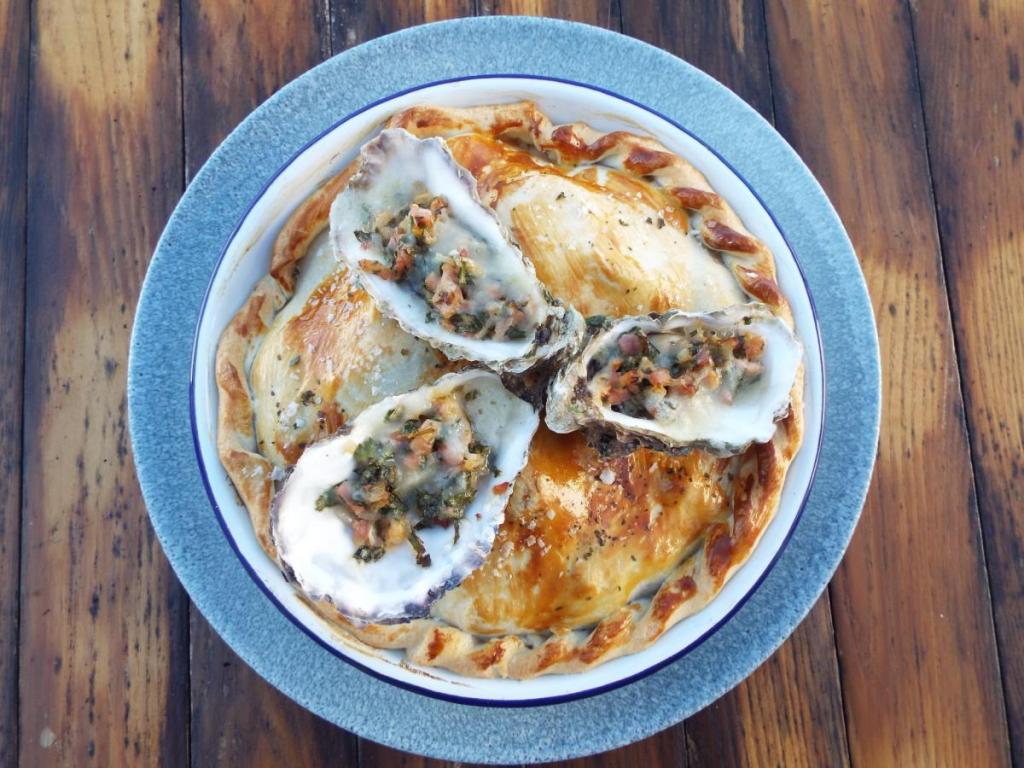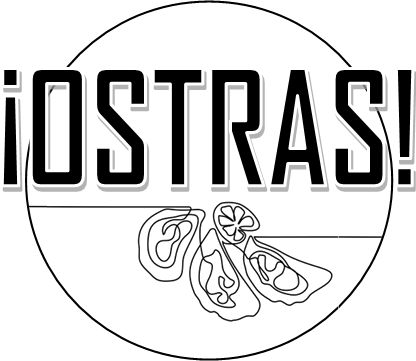It seems only fitting to start this blog with an homage to its namesake.
The Oyster.
From humble beginnings this mollusc has risen out of the depths and is considered a delicacy in many cuisines.
But when did people decide that eating oysters was a good idea?

“He was a bold man that first ate an oyster.”
JONATHAN SWIFT
As old as the dinosaurs, oysters are somewhat omnipresent in the history of the human diet. When exploring Marean’s cave in South Africa, scientists found evidence that homosapiens were eating oysters as early as 164,000 years ago, opening the tough shells by cooking them over fires. In fact Anthropologists say that this could signal a transitional period for our species, towards “modern” behaviour. Maybe Swift would have been more accurate if he had said, he was a man who first ate an oyster…

But oysters didn’t only give birth to a newer, more modern human, when Aphrodite, the Greek Goddess of Beauty and Love, first emerged from the sea, it was in an oyster shell. Later she would give birth to Eros, the God of passion and fertility, hence the enduring legacy of oysters as an aphrodisiac.
When the Greek peninsula fell to the Romans the love for this shellfish remained, so much so that they would transport their oysters in baskets of ice from Northern Europe along coastal paths across the Alps, later establishing and refining the cultivation process.
While today oysters enjoy their place at the top table and were certainly no common food for the Romans, they have not always been so exclusive. During the 19th Century oysters experienced something of a golden age, production was cheaper and the railways made them more accessible. In fact 700 million oysters alone were consumed in London in 1864. For the poorest classes oysters became a substitute for other meats and oyster pie became one of the most popular Victorian dishes… oyster purists look away.

It might not come as a surprise then, knowing the quantity of oysters that were being harvested during the 19th Century, that oyster populations dramatically declined over the next century. As supplies fell, the price rose and once again this food became a luxury item.
Thankfully now, harvesting and farming methods are a little more sustainable and while populations globally are still low, in some areas restoration efforts are helping to bring back some oyster reefs to restore their function in the eco system.
From basic survival to luxury good the oyster has both sustained and delighted us from the beginning of our history and while this fishy aphrodisiac might not be everyone’s cup of tea there’s no denying it’s importance in the human diet.
Sources:
https://www.npr.org/2007/10/18/15391834/who-ate-the-first-oyster-cave-may-hold-an-answer
https://simplyoysters.com/oyster-history
https://strangersguide.com/articles/the-history-of-oysters/
https://inews.co.uk/opinion/columnists/venus-casanova-history-oysters-got-sexy-126074
https://www.cbf.org/blogs/save-the-bay/2020/08/oysters-how-are-they-doing.html

